As an Amazon Associate I earn from qualifying purchases.

I have something of a love-hate relationship with my cardoons. Cardoons, if you don’t know what they are, are an ancient relative of the artichoke. The Romans were fond of them, and they grow wild all over the Mediterranean, as they do here in California. I started growing them back in 2004 and they’ve naturalized in my yard, so I always have a few of these gigantic, fountain-like plants erupting from one part of my garden or another.
I love my cardoons because they are super cool looking, and require no effort on my part to grow. I also love the taste of cardoons, which is an odd combination of artichoke hearts, celery and bitter endive. I find that cardoons require cheese as a foil in almost every instance.
I hate my cardoons because they are, well, invasive and can get in the way. I also hate how laborious it is to get these crazy plants ready for the table. First off you can only eat them in cool weather — hot weather make the stalks impossibly bitter. Ideally you need to tie up the plant with cardboard or something wrapped around it to whiten the stalks, then cut the plant at the ground (it will grow back), then strip off the outer stalks, which will be punky, then the leaves, then all those little strings on the stalks; they’re like celery stalks on steroids.
Then you need to cook the damn things in a witches brew of water, lemon juice, salt and flour to get them ready for anything else you might have in mind for them. This is why I almost never do anything with my cardoons except for cardoon gratin.
Until I found this recipe. I first came across it in Culinate, then forgot about it. Then I picked up a copy of Deborah Madison’s Vegetable Literacy. This is my kind of vegetarian cookbook. Deborah has done her homework, and includes the sort of deep knowledge you get only by working with something for a long time. She also gives love to some unusual vegetables, like mesquite and lamb’s quarters and yes, cardoons.
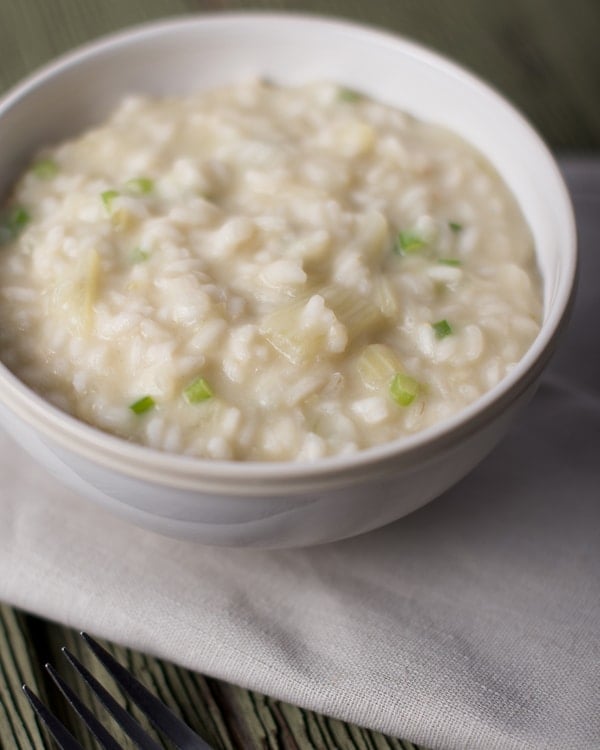
This recipe is adapted from Deborah’s version in her book. Mine has stronger flavors than hers, and my experience with cardoons goes back a ways, too, so I have some tips for handling them that she does not. I think it’s a nice meeting of the minds.
A cardoon risotto is a delicate thing, with all the complexity of the cardoon inside it, al dente rice, ample “sauce,” a richness from sweet butter and just enough parmesan cheese to balance cardoon’s bitterness. And the topper? My friend Jack Czarnecki’s Oregon Truffle Oil. It is the finest truffle oil I know of, and the only one I know of actually made from truffles — the rest are synthetic. The marriage between truffles and cardoons is a perfect one. Without it, this is a lovely dish. With it, it’s total date night material. Ritzy and simple at the same time.
If you’re looking for more risotto recipes, I have more than a dozen for fish and seafood, mushrooms and vegetables – you can check them out here.
Cardoon Risotto
Ingredients
PRE-COOKING CARDOONS
- 1 large bunch of cardoons, about 3 pounds
- 2 lemons
- 2 tablespoons flour
- 3 tablespoons salt
RISOTTO
- The cooked cardoons
- 4 cups water
- Salt
- 4 tablespoons unsalted butter, divided
- 3/4 cup minced green onion, white and green parts separated
- 1 garlic clove, minced
- 1 cup risotto rice, (Arborio, carnaroli, etc)
- 1/2 cup white wine
- 1/2 cup grated parmesan cheese
- Black pepper
- Oregon truffle oil (optional)
Instructions
- To get the cardoons ready, start by pulling the bunch apart. Slice off the narrow ends and any leaves attached. Use a vegetable peeler to remove the tough strings (they're like celery strings) off the outer side of the cardoons. You can also just peel them off with your fingers. When you get to the inner stalks, rub off the white "bloom" from the stalks; this is bitter. Chop the cardoons into 3-inch pieces, putting each piece into a bowl of water that has the juice of a lemon squeezed into it.
- Bring a large pot of water to a boil. Add the salt and the juice of another lemon, then whisk in the flour; this process helps keep the cardoons that pretty light green. Boil until they are tender, which can take anywhere from 20 to 45 minutes. The inner pieces will cook faster. I fish the pieces of the inner stalk out and set them aside.
- When the cardoons are done, take about 2 cups' worth of cardoon stalks -- from the outer stalks -- and puree them in a blender with 2 cups of water. Mix this puree with another two cups of water and pour into a pot. Bring to a bare simmer and have this at the ready. Chop the remaining cardoon stalks small; they will go whole into the risotto.
- In a saucepan heat 3 tablespoons of butter over medium-high heat. Add the white parts of the green onion and saute for 1 minute. Add the garlic and the rice and saute another minute, making sure to coat the rice well. Turn the heat to high and add the white wine. Stir it constantly until the wine has pretty much evaporated.
- Add two ladles' worth of the cardoon broth to the risotto. Cook over medium-high heat, stirring more or less constantly, until it has mostly boiled away. Repeat this process until the rice is tender, but still a bit al dente. If you run out of cardoon broth (which should only happen with old rice), use water.
- When the rice is ready, add back the chopped cardoon pieces, the green parts of the green onion, the remaining tablespoon of butter and the parmesan cheese. Stir well and loosen the risotto up with a little water if need be -- I like my risotto all'onda, or a little porridge-like. Grind some black pepper over everything and add the truffle oil, if using. Serve with the same white wine you put in the risotto.
Nutrition
Nutrition information is automatically calculated, so should only be used as an approximation.
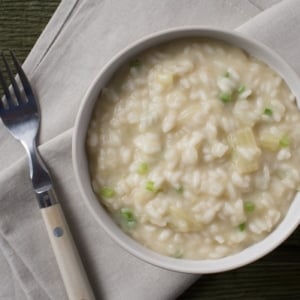
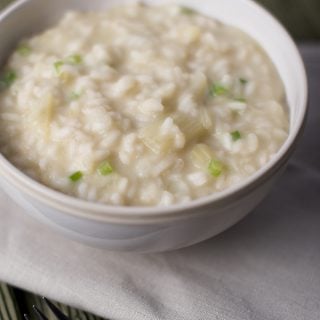
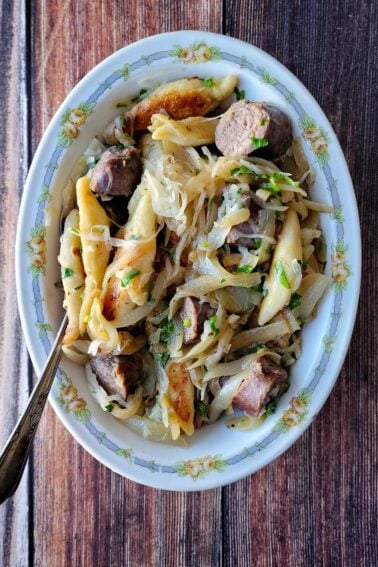
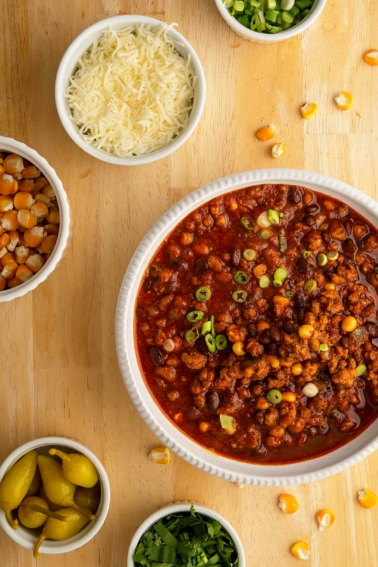
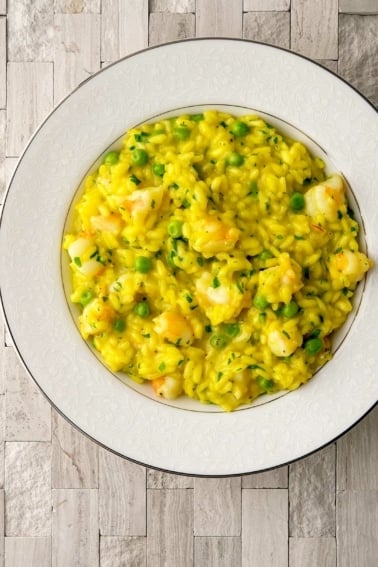
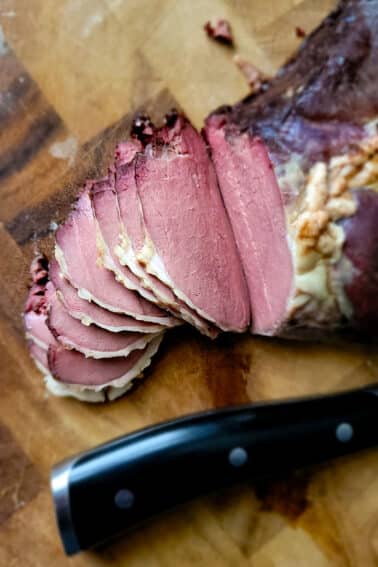
Hank: I want to order all the seeds, roots, tubers, that are for-sale. Where can I purchase these wonderful seeds for my garden. Thank you for all the wonderful receipts.
Hank,
My Italian grandmother did the same as Jeff’s only with Artichoke Stems. She would cut off the outside strings, quick boil in salt water, slice length wise 1/4″ x 6″ and then Egg Wash to Italian Bread Crumb/Grated Parmesan Cheese into the Frying Pan. A very enjoyable appetizer that tasted just like the artichoke hearts and would be dipped in a homemade from scratch garlic lemon aoili. As a kid I could eat a whole plate of them to myself. I have never tried it with cardoons, but bet it would be just as good as Jeff points out?
Guy
Frank: Yep, I’ve eaten lots of burdock. It’s nothing like a cardoon, though. And yes, shredded burdock fritters ARE great!
In Upstate New York, the old Italian Nona’s would gather Burdock stems in the spring and early summer calling them “Cardoons”. They would use them in similar recipes but my favorite was fritters. I’ve reproduced some of my Grandma’s recipes using Burdock and sounds much less labor intensive. Ever try Burdock Hank?
My cardoons usually sport blooms worth eating — larger than the mini artichokes I see at markets now & then — but this looks tasty.
Interesting!
I wish they were more invasive. Day #212 (well, OK, but it seems like 212) of the frost got all of ours. 🙁 They are my second favorite fried food (behind porcini and ahead of chicken). They are excellent boiled/steamed with olive oil and vinegar, too. Really brings out the sweetness.
Cardoons are in the markets now in Provence, they’re part of the traditional Christmas dinner. Have only had them in a white sauce, this looks like an interesting alternative, will have to try it.
Hey Hank, My Italian Great-grandmother used to boil them (after cleaning as you say) and then bread them and fry them. I’ve tweaked her recipe (to include more spices and cheeses)and now carry on the tradition for Thanksgiving every year. Might be another way to try them!